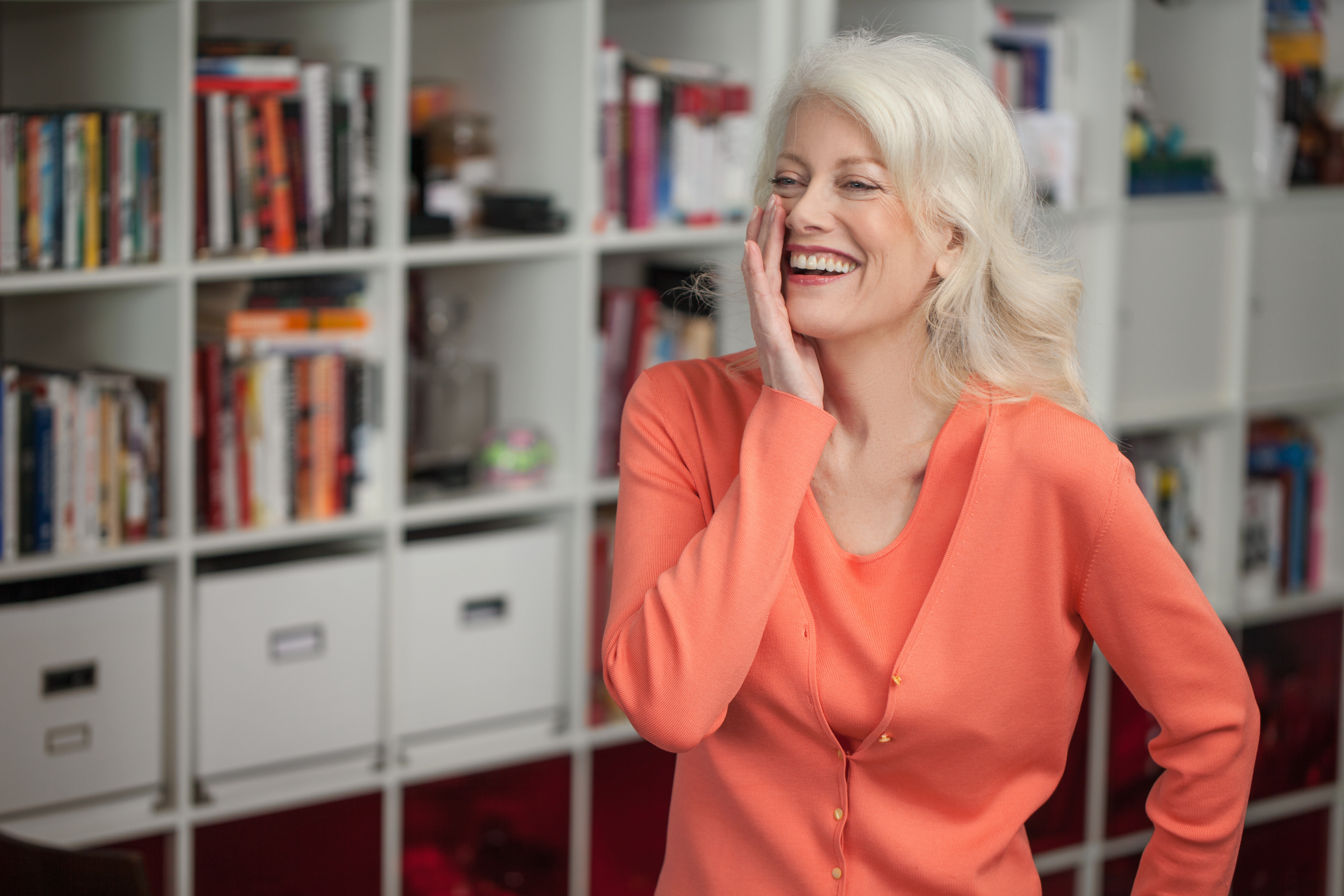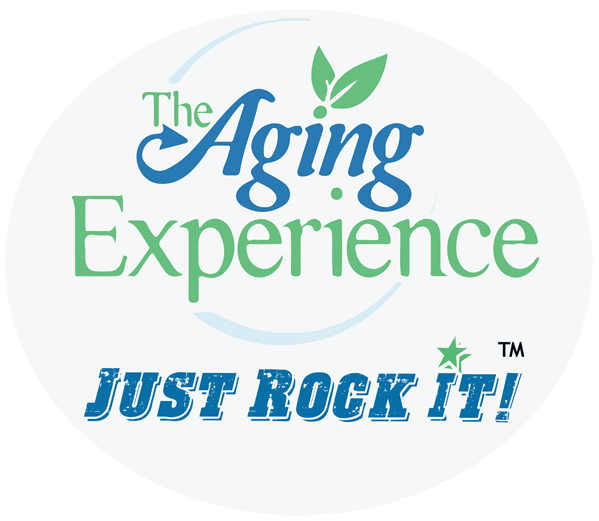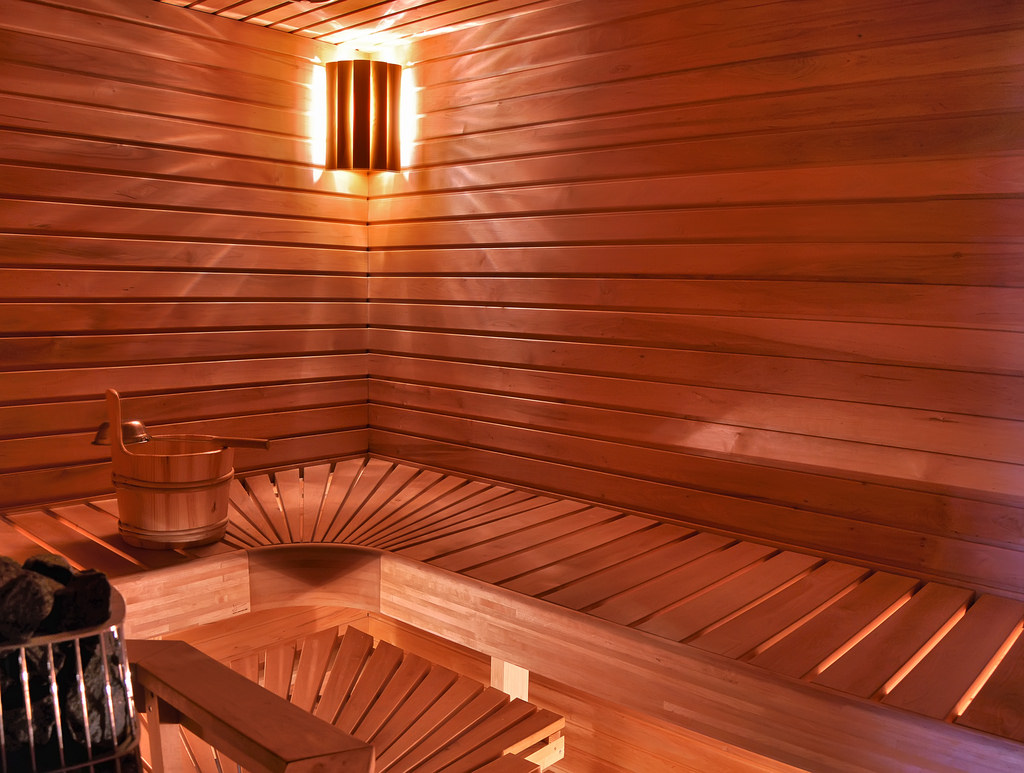Growing Old Gracefully – Some Health and Beauty Tips to Get You Started

Growing Old Gracefully – Top Health and Beauty Tips for as You Age
How we look is directly tied to how we feel for two main reasons. The first is that looking good offers a positive reinforcement experience socially, meaning your self-esteem can be boosted, and you can be more confident in yourself. The second reason and arguably the more important reason is that looking good makes us feel good is that how we look is directly tied to our health. When we are healthy, we are at our best, physically, emotionally, and aesthetically. Here are some tips for growing old gracefully.
Your Diet Should Be Improved as Soon as Possible
Though you should eat healthy foods and be aware of nutrition and what you should and should not eat from a young age, that isn’t always the case. The only problem is that unhealthy eating builds up over time. What we can eat without issue when we are young may start to hurt us as we age, when our metabolism slows and our organs get weaker. Similarly, so too does our diet affect our appearance. Only when we eat and provide our body with what it needs to thrive can we truly glow. Health is, after all, the best way to be your most attractive self, and the best and most effective way to achieve this healthy glow is through a good diet.
The Regular Exercise Regimen We All Need to Adopt
Exercising is critical in every one of our lives, which is why we all need to adopt an exercise regimen. Typically, this means that we should get at least half an hour of exercise every day, with fifteen of those minutes being strenuous exercise that gets our hearts pumping. If you want more specific results, however, like a specific body shape or to tone up, you will need to commit to a more regular and strenuous exercise regimen. Rather than attempting it on your own, however, you should go to a gym where a personal trainer can ensure that you are doing the exercises safely. The last thing you want is to injure yourself.
Skincare Beauty Routine for Day and Night
The largest organ we have is our skin. It covers us from head to toe, andit also receives the most constant battery as we go through our daily lives. It is for this reason that we have to do all we can to better protect our skin. Wear sunscreen whenever you go outside and always remember to clean your skin after being outside in urban areas, as the pollution can stick to your skin and clog your pores
Getting Rid of Common Signs of Aging
To really make an impact on your looks, however, may need specialist help. Spider vein removal should be done by a professional, for instance, like NY Metro Vein. The more specialized your doctors, the better they will be at ridding you of common signs of aging. These fixes range from cosmetic to critical, depending on what your concern is. What you should not do, however, is assumeyou have to live with a feature that you dislike about yourself. Seek out help, andyou’ll be able to live your best self.
Aging is inevitable, but that doesn’t mean we have to resign ourselves to the common side effects of aging. From healthy living to specialist help, there are options to help you look and feel great no matter how many years you’ve seen. Growing old gracefully, after all, is what we all strive to do.
Lower Your Stroke Risk by Going to a Sauna? Perhaps
More than Relaxation? Saunas May Be Linked to Lower Stroke Risk
Taking frequent saunas may be linked to a lower risk of stroke, according to a study published in the May 2, 2018, online issue of Neurology®. The study was conducted in Finland, where saunas originated and nearly every home has one.
“These results are exciting because they suggest that this activity that people use for relaxation and pleasure may also have beneficial effects on your vascular health,” said study author Setor K. Kunutsor, PhD, of the University of Bristol in the United Kingdom. “Sauna bathing is a safe activity for most healthy people and even people with stable heart problems. More research is needed to confirm this finding and to understand the ways that saunas affect stroke risk.”
The study involved 1,628 people with an average age of 63 with no history of stroke who were followed for an average of 15 years. Participants filled out questionnaires about how often they took saunas and other factors, such as physical activity and alcohol use. Their cholesterol, blood pressure and other factors that could affect risk were also tested at the beginning of the study.
During the study follow-up, 155 people had a stroke. The rate of stroke per 1,000 person-years was 8.1 for those who took one sauna per week, compared to 7.4 for those who took two to three sauna per week and 2.8 for those who took four to seven saunas per week.
Those who took a sauna four to seven times a week were 60 percent less likely to have a stroke than people who took only one sauna per week. The results were the same after researchers adjusted for other factors that could affect risk, such as high cholesterol, smoking, diabetes and physical activity.
“Previous studies have shown that sauna bathing may be associated with a reduced risk of high blood pressure, dementia and death from cardiovascular disease, but this is the first study on sauna use and the risk of stroke,” Kunutsor said. “Saunas appear to have a blood pressure lowering effect, which may underlie the beneficial effect on stroke risk.”
Kunutsor noted that the study is observational, and does not show a cause-and-effect relationship between sauna use and lowers risk. It only shows an association.
A limitation of the study was that the study was based on traditional Finnish saunas and the results cannot be applied to other types of heat therapy such as infrared heat exposure, steam rooms and hot tubs. Kunutsor also said that since only a few people in the study never took saunas, the researchers could not compare people who used saunas to people who never used saunas.
Evidence suggests some people should not use saunas, including people who recently had a heart attack and those with unstable angina, or chest pain. Elderly people with low blood pressure should use caution when taking a sauna.
Editor’s Note: the information on our blog is only informational in nature and in no way should be taken for medical advice. Always consult with your physician.










